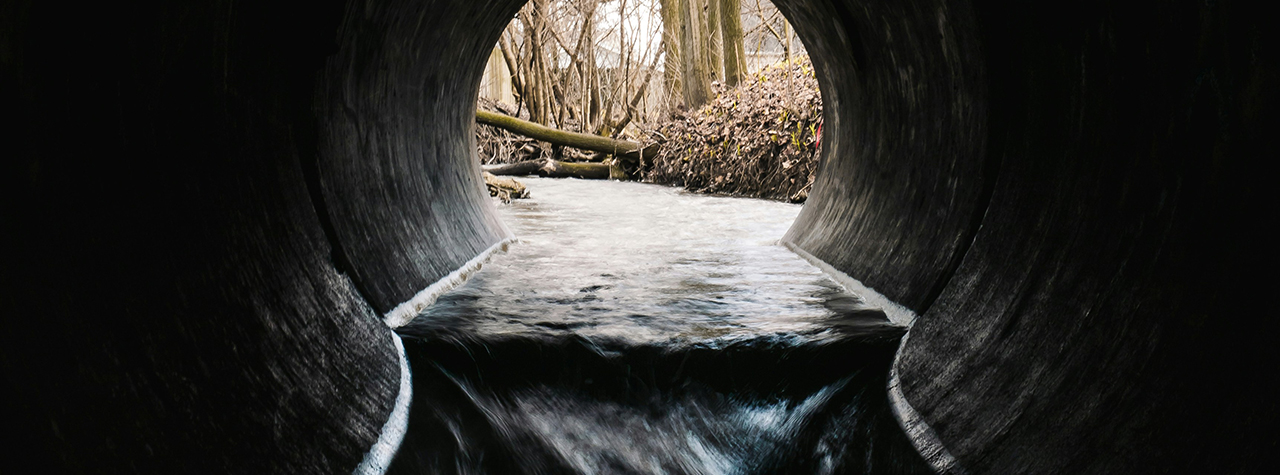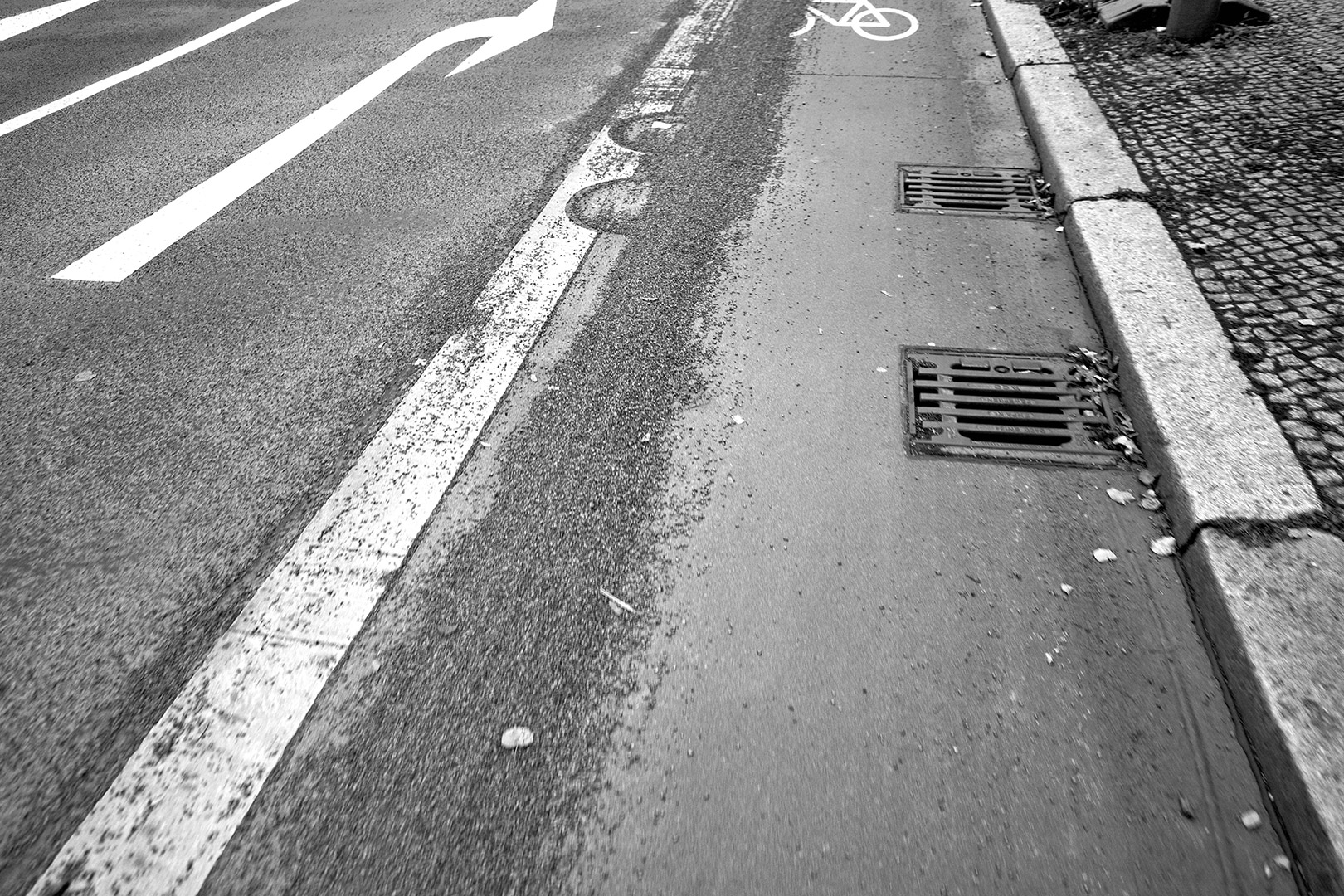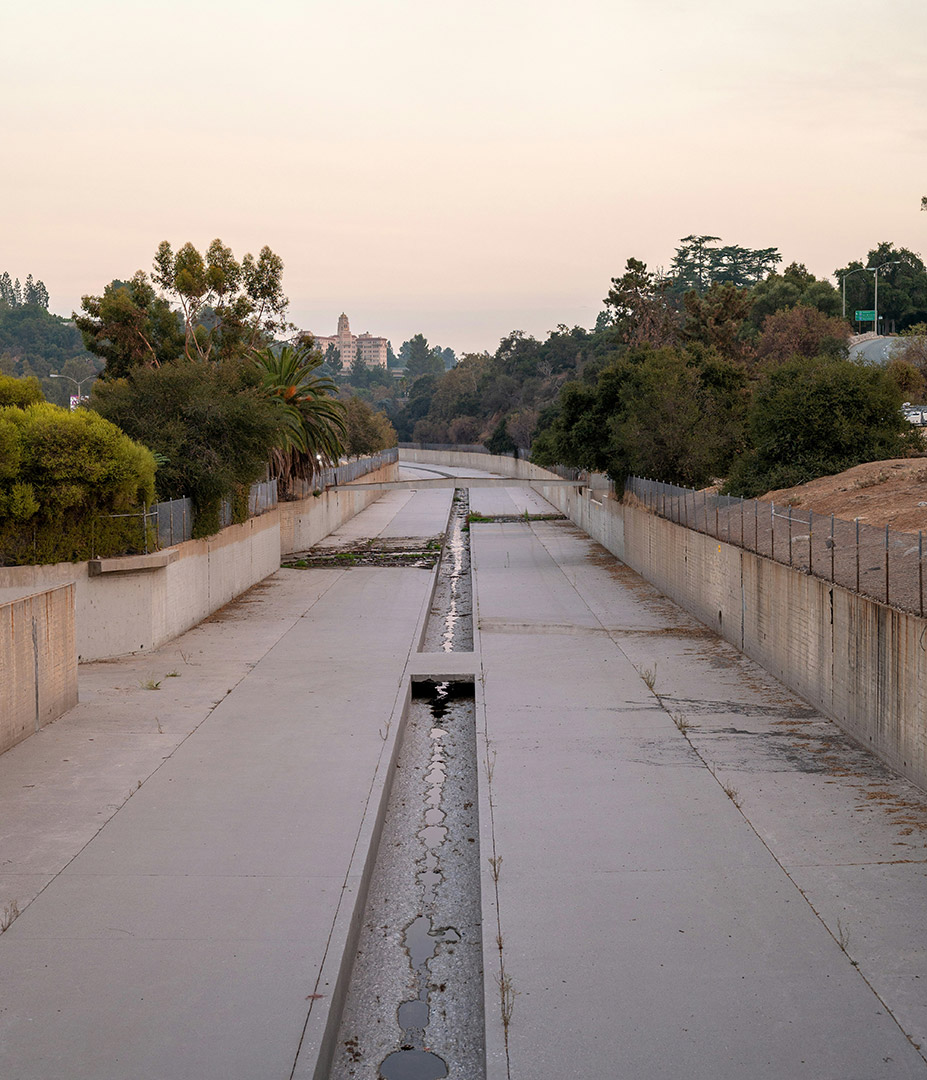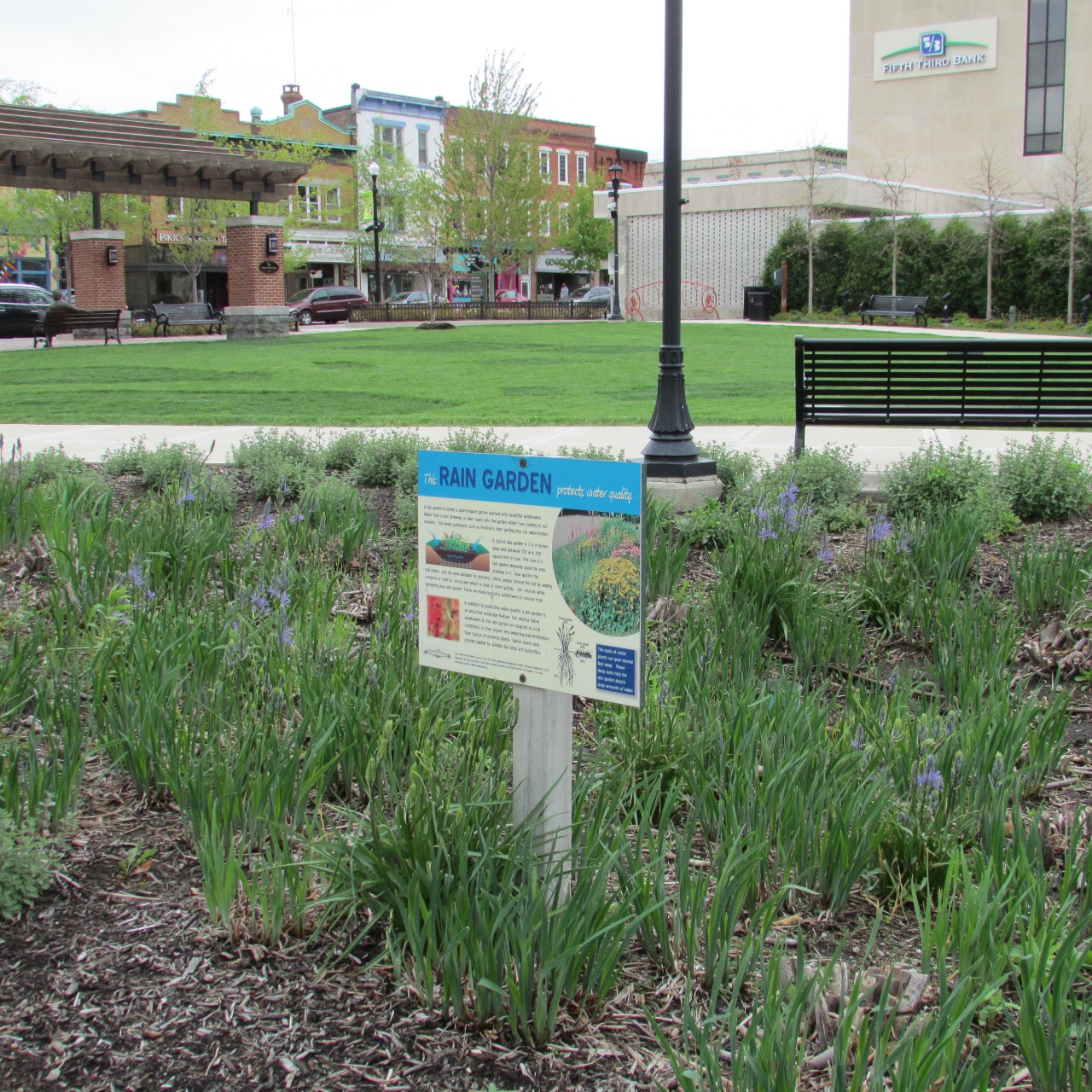Georgia, Inland Waterways, National Category
Startup Uses Drone for Cleaning Water, Collecting Data


Across the U.S., stormwater utilities are working to manage the infrastructure that conveys rain or snowmelt from communities to nearby bodies of water. However, over the last decade, the length of impaired rivers and streams has increased from about 424,000 miles in 2010 to more than 588,000 miles in 2019, and in 2022, more than 703,000 miles. Although some of this may be attributable to increased monitoring and more stringent state-level assessment criteria, more than 60% of the nation’s stormwater utilities have explained that aging infrastructure poses a significant concern for their long-term needs. To locally fund growing capital and maintenance costs, stormwater utilities are increasing fees as the average bill across the country is on the rise, though it is not keeping pace with the demands. Nationally, the U.S. Environmental Protection Agency’s 2022 Clean Watershed Needs Survey (CWNS) estimated the 20-year need for large stormwater systems (Municipal Separate Storm Sewer Systems) had increased from $23.8 billion in 2012 to $115.3 billion a decade later. To address this need, Congress passed the Infrastructure Investment and Jobs Act in 2021 and the Inflation Reduction Act in 2022 with $46 billion in new funding for the stormwater, wastewater, and drinking water sectors between 2022 and 2026. While this funding has been useful, it still leaves a significant gap.
say they don't have funding
to cover all their capital needs
heavy rain and flooding events are
testing existing stormwater systems

In 2023, the U.S. Global Change Research Program published the Fifth National Climate Assessment and identified that intense, single-day precipitation events have been on the rise for the last few decades. While heavier precipitation does not necessarily mean the total amount of precipitation is increasing everywhere, it does mean the occurrences exhibit more of a “flash” or severe effect. These changes to the frequency and intensity of precipitation strain the current capacity of the nation’s stormwater infrastructure. In turn, implications exist for future design capacities of new and recently upgraded systems.
Stormwater systems are designed to capture and move runoff to nearby bodies of water. However, performance efficiency and effectiveness can deteriorate as systems age. In the Water Environment Federation’s (WEF) 2022 National MS4 Needs Assessment, more than 60% of surveyed stormwater utilities (643) cited aging infrastructure and workforce/staffing needs as critical challenges to properly functioning systems.


In 2021, the IIJA was enacted, soon followed by IRA in 2022, adding new funding of $46 billion to assist stormwater, wastewater, and drinking water sectors from 2022 to 2026. However, this funding is primarily focused on modest increases to low-interest loan programs.
Data from the National Oceanic and Atmospheric Administration (NOAA) shows show an increase in the frequency and severity of disasters costing greater than $1 billion. From 2010 to 2019, there were more than 130 major disaster events; more recently, from 2019 to 2023, nearly the same number of major disasters (102) were recorded. Flooding is within the top three most costly and common threats to communities. However, for communities with limited resources, additional vulnerabilities may exist. For instance, some low-income communities experience long-term flood risks, making them particularly vulnerable to the dynamic between increased rainfall intensity, rainfall frequency, and development of impervious surfaces. Therefore, as stormwater infrastructure and design regulations are more carefully considered, communities become more protected from costly urban flooding, and waterways are safeguarded from significant water quality impacts.
Impacts from climate change will present more frequent extreme weather across the nation. Therefore, stormwater infrastructure resilience is reflected by an optimized mix of green, gray, and natural infrastructure; land-use planning and urban growth; updated asset management and emergency action plans; and, in water- scarce areas, the productive reuse of stormwater.
To withstand the variable effects of extreme weather, stormwater infrastructure is increasingly developed with a context-sensitive approach that leverages a localized understanding of flood risk, land-use practices, and regulatory expectations. This approach informs the design, siting, and long-term sustainability of the stormwater systems. These localized approaches to resilience are often published in an emergency action plan, which aids a stormwater utility in handling all types of emergencies. In 2021, only 29% of the B&V Stormwater Survey respondents from MS4 Phase II indicated having an emergency response plan. Similarly, WEF’s MS4 survey revealed that only 26% of municipalities use updated design standards and specifications to address extreme weather and stormwater resilience.

Photo Attributions

Select your home state, and we'll let you know about upcoming legislation.
"*" indicates required fields